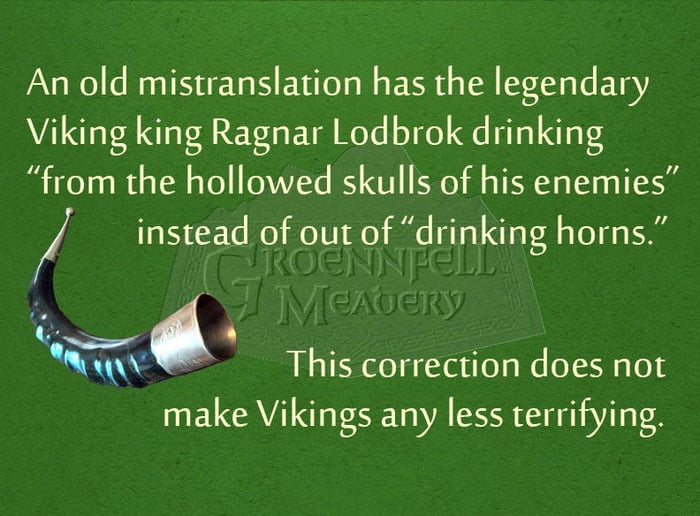Some individuals wrote rather lascivious descriptions that can’t really be repeated in the context of this blog. Y’know, the kind of descriptions that make you wonder whether you should try mead or consult a priest first.
Many people, however, seem to go for the whole “mead is wine, but it’s made from honey instead of grapes” thing. This is not usually what we do at Groennfell, but it gets the point across quickly and raises an interesting question: Since the varietal nature of wine comes from the growing region and the chosen varietal of the grape, does this mean that the same is true for the honey selected for mead?
The short answer: Absolutely 100%!
The National Honey Board lists over 300 recognized varietals of honey in the United States. To connect you with this plethora of saccharine goodness, the NHB has recently developed an online Honey Locator. You can search by country, region, apiary, nectar source, and a bunch of other metrics. It is – and I’m really really really sorry to say it – the bee’s knees.
The problem with using store brand honey to make mead is that it’s often little more than vaguely honey-flavored yellow goo. Most of the honey will be coming from many sources, has the pollen removed, has undergone filtration, and has been heat-treated to a point that many of the volatile flavors have been driven off. In other words, making mead from the honey from your local grocery store is like making wine from Welch’s Grape Juice.
Many meaderies have, in fact, really taken this varietal concept to heart and have lines of varietal beverages with the nectar source and location right on the bottle. Other meaderies pair specific honey sources with fruit to get the perfectly balanced melomel, a common example of this is the use of orchard honey for a cyser.
If you’re lucky enough to live near an apiary with varietal honeys available (and more and more of them do), try making side-by-side batches. You’ll be amazed how easy it is to taste the graininess of buckwheat mead when tasted next to wildflower mead, or how sipping an orange flower varietal can taste like biting right into a Valencia.
If you don’t have a local apiary, use the new Honey Locator. A whole new world of mead making opens up when you move away from the honey flavored syrup in the little plastic bear.






